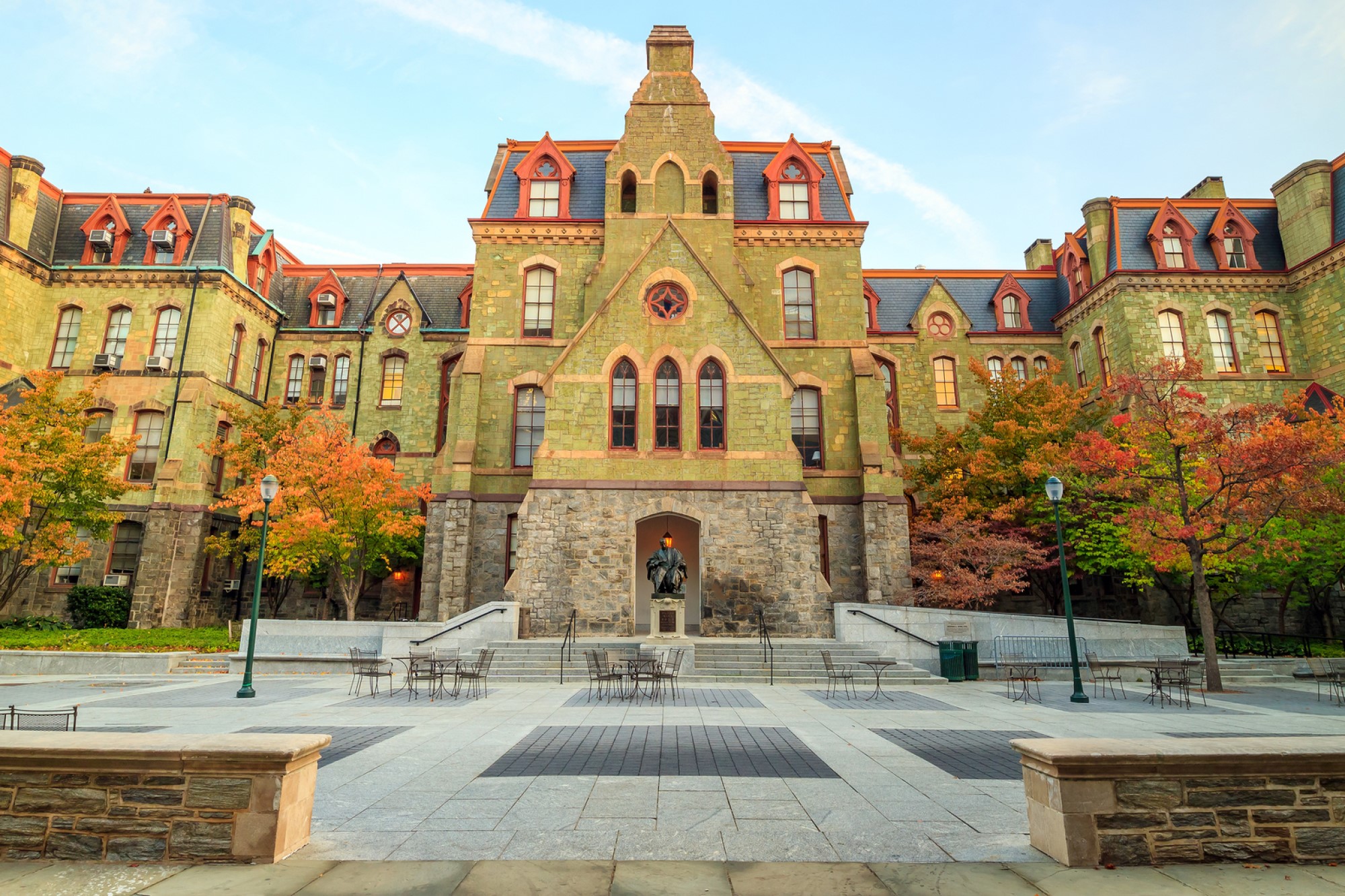Affirmative Action for Whom?

Wednesday, Laura Siscoe challenged affirmative action advocates to reflect on their apparent tunnel vision: if what we seek are diverse campuses and workplaces – environments that attract and support students and colleagues who possess a diverse set of skills and approach problems from unique vantage points – then why confine our focus simply to race and gender categories? Surely realizing the intellectual diversity we claim to crave would require looking at characteristics that aren’t simply skin-deep – factors like socio-economic background or country of origin, just to name a few. If diversity in thought really is our goal, it seems there are better ways of getting there.
Laura is no doubt right that much more could be done to diversify campuses and workplaces. But, at minimum, it seems prudent to protect the gains that historically marginalized groups have secured. Time and time again, formal legal equality – that each enjoys identical treatment under the law – has failed to secure equality of opportunity – that each enjoys a level playing field on which to compete. And when policies like race-conscious admissions go away, we revert back to the status quo all too quickly. (The NFL’s lack of diversity at the head coach position and the impotence of the Rooney Rule offers a compelling example.)
Critics of affirmative action, however, are quick to characterize such policies as special treatment for the undeserving. But it’s important to separate the myth from the reality. As Jerusalem Demsas writes in The Atlantic, “No one deserves to go to Harvard.” There is no obvious answer to who the best 1200 applicants are in any given year. At some level, there is no meaningful distinction between the different portraits of accomplishment and promise that candidates present – their “combined qualifications.” No magic formula can separate the wheat from the unworthy; there is no chaff. There are grades; there are scores; there are awards; there are trophies; there are essays; there are statements; there are kind words and character references. But there is no mechanical process for impartially weighing these various pieces of evidence and disinterestedly ranking applicants’ relative merit. Nor is there an algorithm that can predict all that a seventeen-year-old will become. (This is perhaps why we should consider employing a lottery system: the infinitesimal differences between candidates coupled with the boundless opportunities for bias suggests it is the height of hubris to insist that the final decision remain with us.)
Contrary to critics, then, affirmative action is not a program for elevating the unqualified – a practice geared to inevitably deliver, in Ilya Shapiro’s unfortunate choice of words, a “lesser black woman.” Ultimately, affirmative action is a policy designed to address disparate impact – the statistical underrepresentation of the historically marginalized in positions of privilege and power. It’s aimed at addressing both real and apparent racial exclusion on the campus and in the workplace.
Those skewed results, however, need not be the product of a deliberate intention to discriminate – a conscious, malicious desire to keep others down. “Institutional networks,” Tom Beauchamp reminds us, “can unintentionally hold back or exclude persons. Hiring by personal friendships and word of mouth are common instances, as are seniority systems.” We gravitate to the familiar, and that inclination produces a familiar result. Affirmative action, then, intervenes to attempt to break that pattern, by – in Charles J. Ogletree Jr.’s words – “affirmatively including the formerly excluded.”
But just how far should these considerations extend? Some, for instance, complain of the inordinate attention paid to something as limited as college admissions. Fransisco Toro writing in Persuasion has argued that we should stop wringing our hands over which segments of the 1% gain entry. There are far greater inequalities to concern ourselves with than the uber-privileged makeup of next year’s incoming Harvard class. We should be worried about the social mobility of all and not just the lucky few. Let affirmative action in admissions go.
But one of the Court’s fears, from Justice Jackson to Justice O’Connor, concerns colleges’ ability to play kingmaker – to decide who inherits power and all the opportunities and advantages that come with it. They have also worried about where that power goes – that is, which communities benefit when different candidates are crowned. This is most easily witnessed in the life-and-death field of medicine, where there is, according to Georgetown University School of Medicine,
an incredibly well documented body of literature that shows that the best, and indeed perhaps the only way, to give outstanding care to our marginalized communities is to have physicians that look like them, and come from their backgrounds and understand exactly what is going on with them.
Similarly, the Association of American Medical Colleges emphasizes that “diversity literally saves lives by ensuring that the Nation’s increasingly diverse population will be served by healthcare professionals competent to meet its needs.” Minority representation matters, and not simply for the individual applicants themselves. Even the selection process in something as seemingly narrow as college admissions promises larger repercussions downstream.
Given the importance of representation, the gatekeeping function of colleges and employers, and the way discrimination works, some form of intervention seems necessary. And we don’t seem to have a comparable remedy on hand. “Affirmative action is not a perfect social tool,” Beauchamp admits, “but is the best tool yet created as a way of preventing a recurrence of the far worse imperfections of our past policies of segregation and exclusion.” That tool could no doubt stand to be sharpened: gender is a woefully crude measure of disadvantage and race is a poor proxy for deprivation. Still, the tool’s imprecision needn’t mean abandoning the task.
There’s reason why integration remains an indispensable, if demanding, goal. As Elizabeth Anderson claims, “Americans live in a profoundly segregated society, a condition inconsistent with a fully democratic society and with equal opportunity. To achieve the latter goals, we need to desegregate — to integrate, that is — to live together as one body of equal citizens.” We must ensure that everyone can see themselves reflected in our shared social world.
In the end, affirmative action is simply one means by which to accelerate desegregation – to encourage diversification in the positions of power that were formerly restricted. And it was never designed to last forever, as Wes Siscoe recently explored. Affirmative action is merely a stopgap measure – a bridge to carry us where we want to be: a colorblind world where superficial differences no longer act as impediments to advancement. Unfortunately, the equality of opportunity we seek is not yet a reality for all – we have not arrived.




